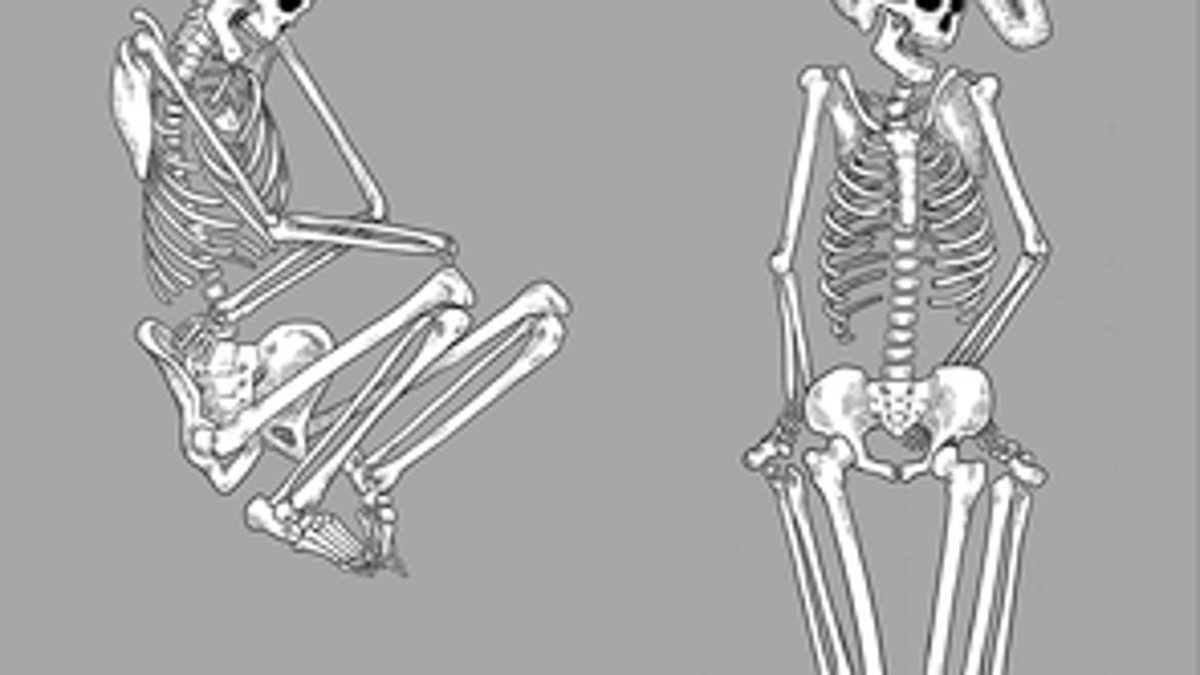
(University of Arizona)
It looks like Hatfield and McCoy-type feuds go waaaay back.
Bodies buried in violent, nontraditional ways could be evidence of blood feuds in North American humans' distant past, a bioarchaeologist and associate professor at the University of Arizona argues in new research.
James T. Watson analyzed ancient burials that date from as old as 2,100 years BC to the year 50, and focused on “atypical burials.” His team studied 169 burials that included 172 people, and of those, eight burials were not normal. That means that instead of the body being laid on its side in a curled-up position, for example, it might have been dumped there much less gently.

Left: A typical burial. Right: Atypical, with hands under feet. (Illustration: Caitlin McPherson)
The atypical burials included bodies that were “head-first, dumped into a pit, splayed on back, or splayed on stomach,” Watson told FoxNews.com in an email.
Related: Bible breakthrough: Scientists unlock secrets of burned Hebrew scroll
Watson and his colleague’s focus was on the Early Agricultural period in an area called the Sonoran Desert in present-day Arizona and Mexico. According to their study, which was published in the journal Current Anthropology, typical burials featured the bodies positioned north-south and in a flexed position, and sometimes accompanied by objects like beads, or stone or ceramic pipes.
But the researchers’ work focused on the meaning of those eight atypical burials. The study describes one such burial, of a male: "The individual was situated in a large, oval, straight-walled pit, with the upper body on the floor, the pelvis laid against the wall, and the legs folded back over the torso and skull."
Related: Mysterious Pacific island burial site is older than thought, study says
"These people were buried very differently than the rest of the community, and we're trying to understand why that is," Watson said in a statement.
He thinks that these violent burials could have stemmed from blood feuds, and been sparked by tensions between and among societies in the distant past.
"This was right when agriculture came into the area, and these were the earliest villages, so we think that some of this violence comes from growing pains, as villages are established and people are claiming territory and farming the desert river valleys," Watson said in the statement. “Social tensions develop between communities, or even within communities, and end up boiling over into violence."
The study argues that burying a body in a violent way is a type of "costly signaling"-- it sends a message, but could also invite revenge from family members of the deceased.
Follow Rob Verger on Twitter: @robverger
